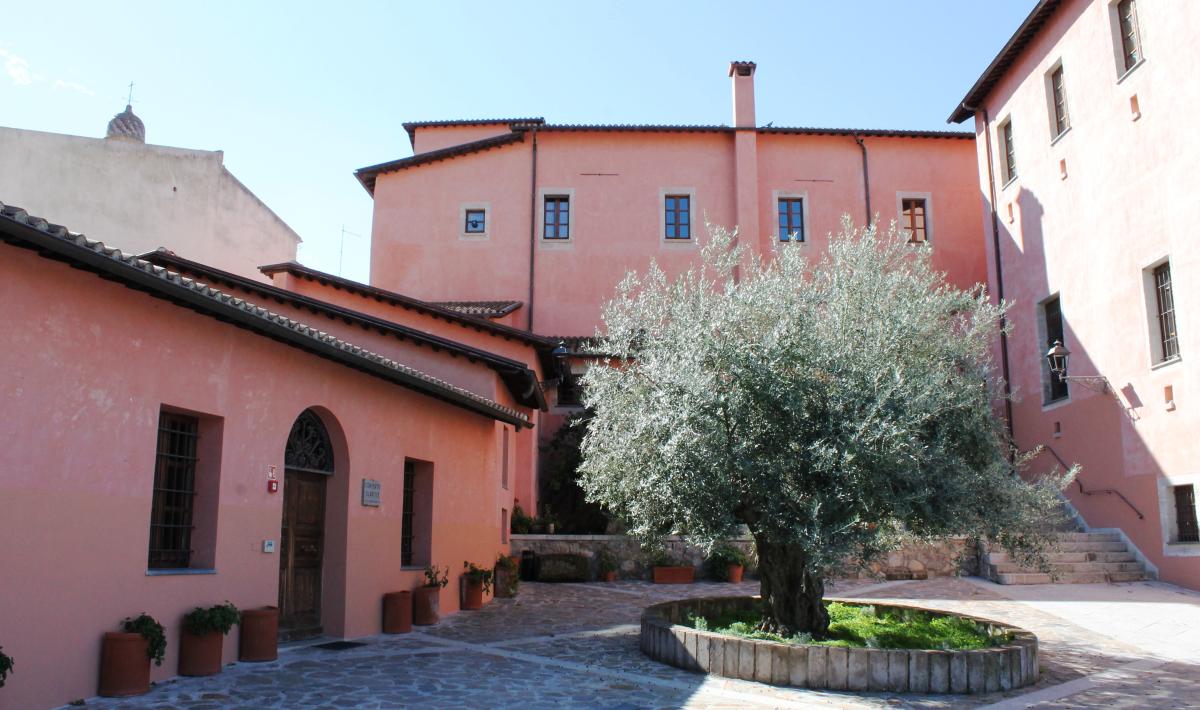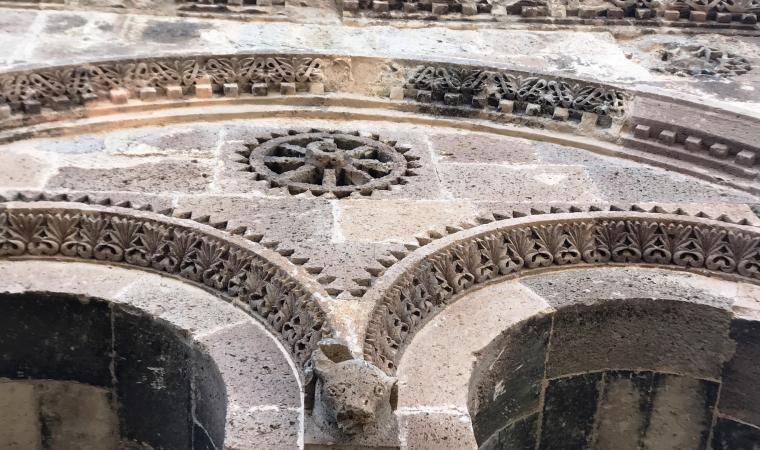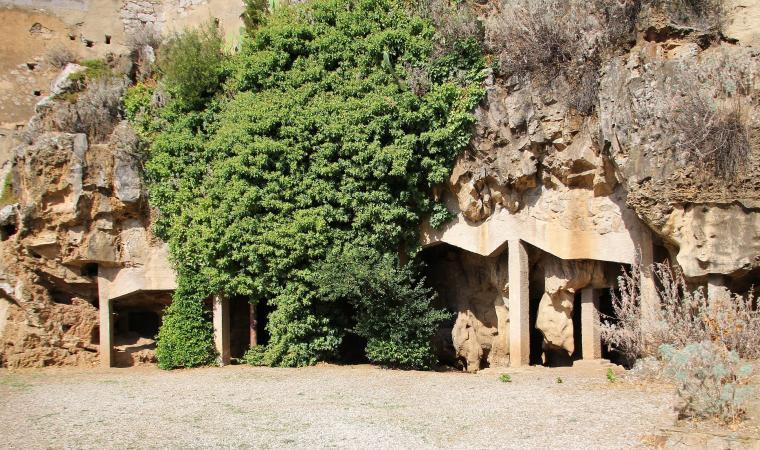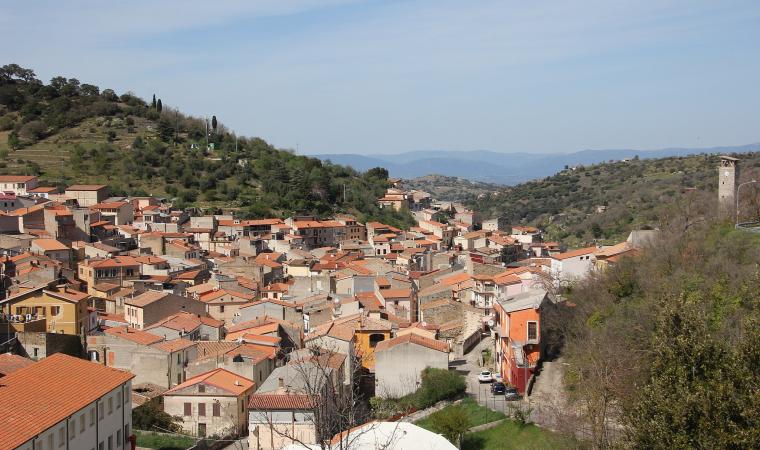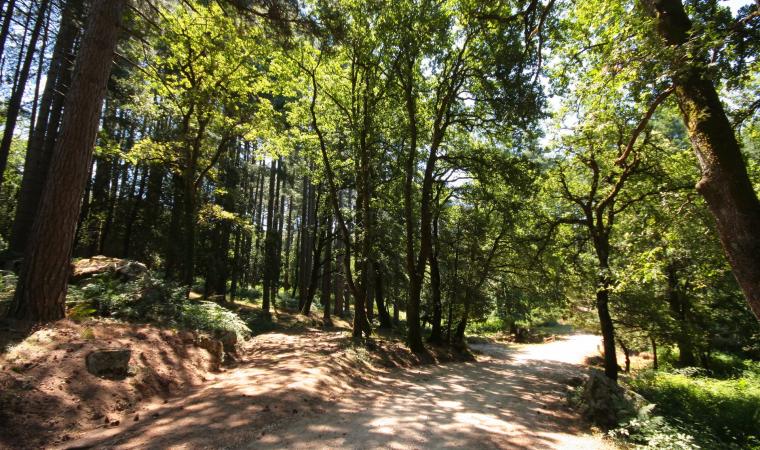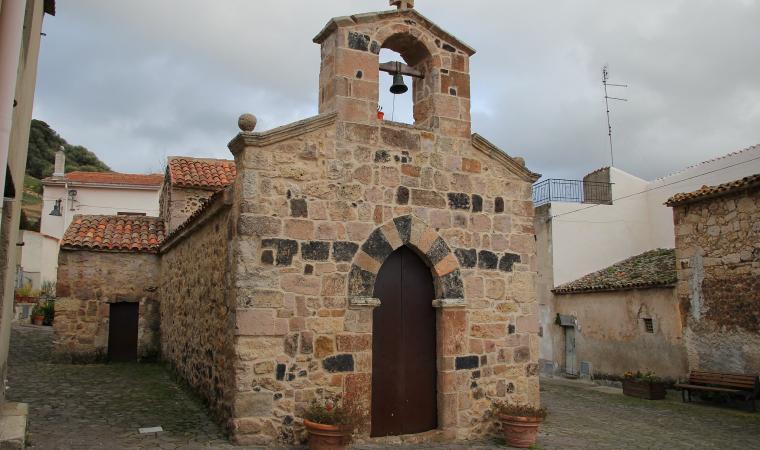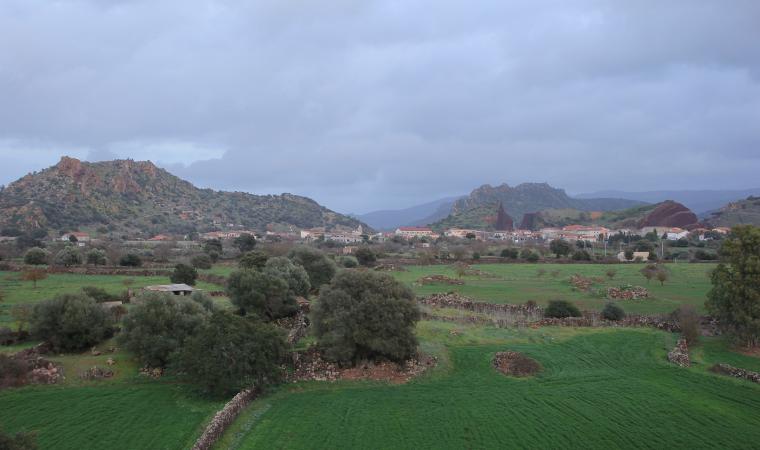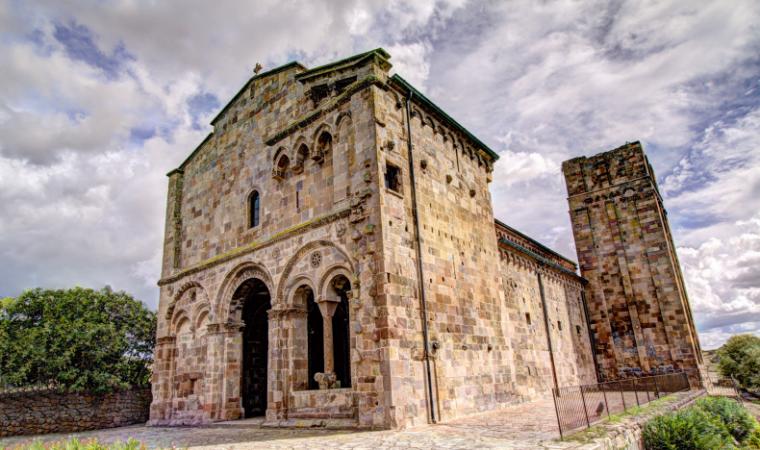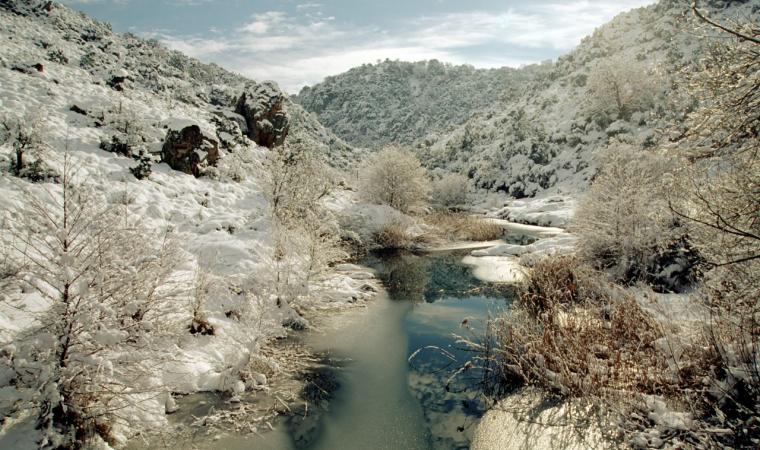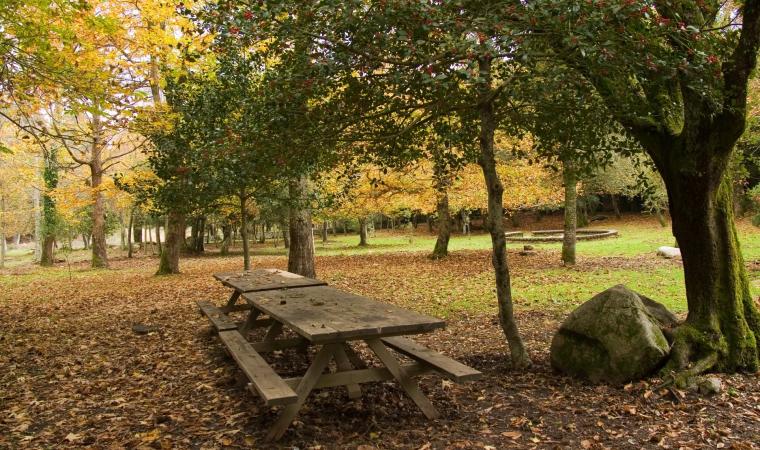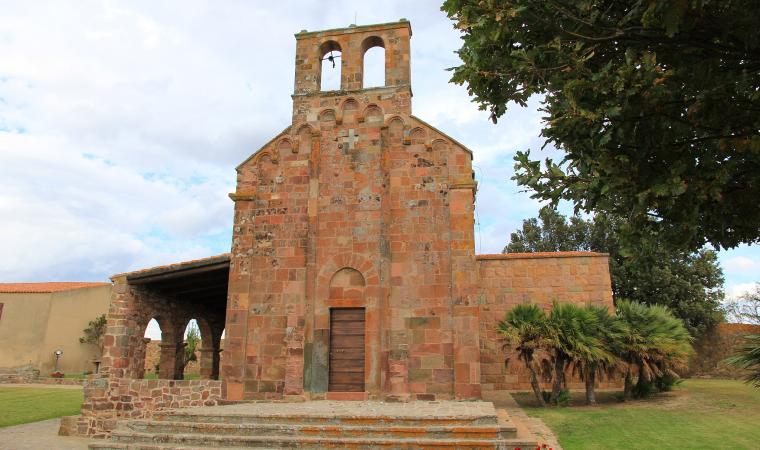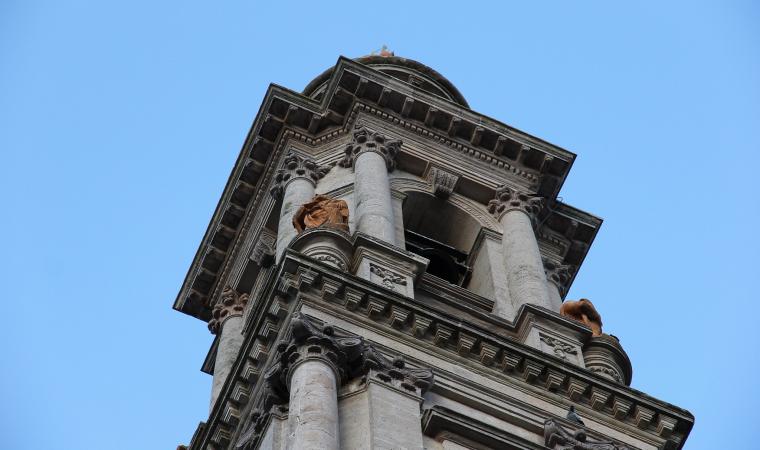It contains finds discovered in a place that is fundamental for Sardinian prehistory. Furthermore, in its ‘treasure’, there is also one of the main collections of ancient coins of Sardinia. The Civic Archaeological Museum of Ozieri is located in the historic centre and is also known as the ‘Museum of the Poor Clares’ or ‘Convent of the Poor Clares’ because, for almost a century and a half, from the mid-18th to the late 19th century, the building hosted a community of Poor Clare nuns from Orosei. It is dedicated to the archaeology of the Ozieri territory, with objects dating back to the Palaeolithic era, covering a period of time that reaches the modern age. In particular, you can admire the finds from the Cave of San Michele that was important to the point of giving its name to the first prehistoric cultural facies, of which there are widespread traces throughout Sardinia.
Among the various ceramics dating back to the San Michele culture, corresponding to the recent Neolithic Age (3500-2900 BC), a piece that stands out is the famous Pyx, a pot decorated with engravings in the shape of bull horns, very similar to those found in several Domus de Janas in the territory. You will find it in Room 1, dedicated to prehistory. In Room 2, you will find artefacts dating back to the Nuragic age: ceramics, bronzes, stone utensils and votive objects, such as swords and incense boats. Moving on to Room 3, you will find the historical era, where you can see artefacts from the Punic and Roman ages, while Room 4 contains jewels, ceramics and lithic elements from the Byzantine and medieval periods. The numismatic collection can be found on the second floor, divided into another four rooms, where around six thousand coins are on display. Here too, a chronological criterion has been adopted: the various rooms contain, in order, Greek, Punic and Republican coins; Imperial coins; late Roman and barbarian coins; lastly, medieval, Spanish and Savoy coins. On this floor, there is also an ethnographic section and the conference room. The museum organises events, temporary exhibitions, educational workshops and training activities.
Once the visit is over, you can go to the site from which the artefacts of the San Michele culture originate. The cave of the same name is located south of the town and about sixty metres of it can be visited. You will see stalactites and calcite alabaster duricrusts and you’ll be able to imagine the ancient inhabitants of five thousand years ago, who frequented the cave for their cults or to bury their deceased.
Another monument not to be missed in the Oziero area is the Basilica of Sant’Antioco di Bisarcio. To reach it, you’ll need to travel about 15 kilometres and take a leap in time of four thousand years compared to the cave, admiring one of the most captivating medieval churches on the island.

